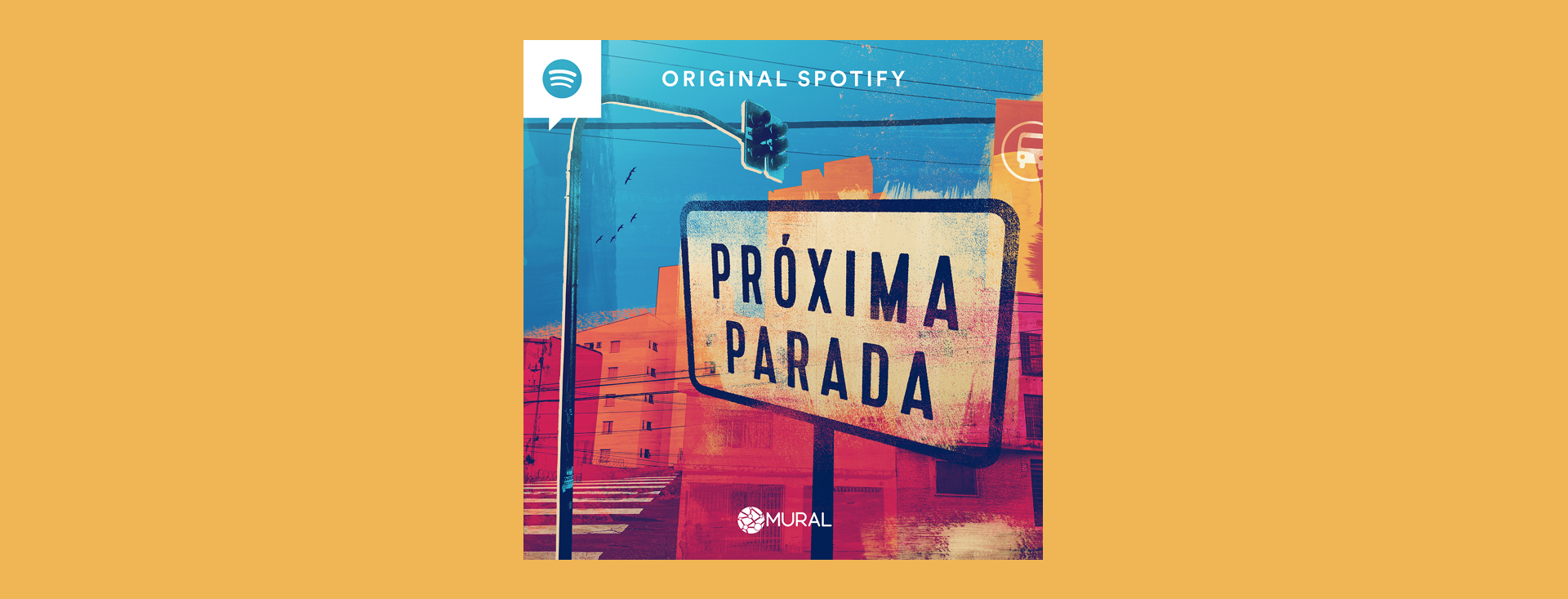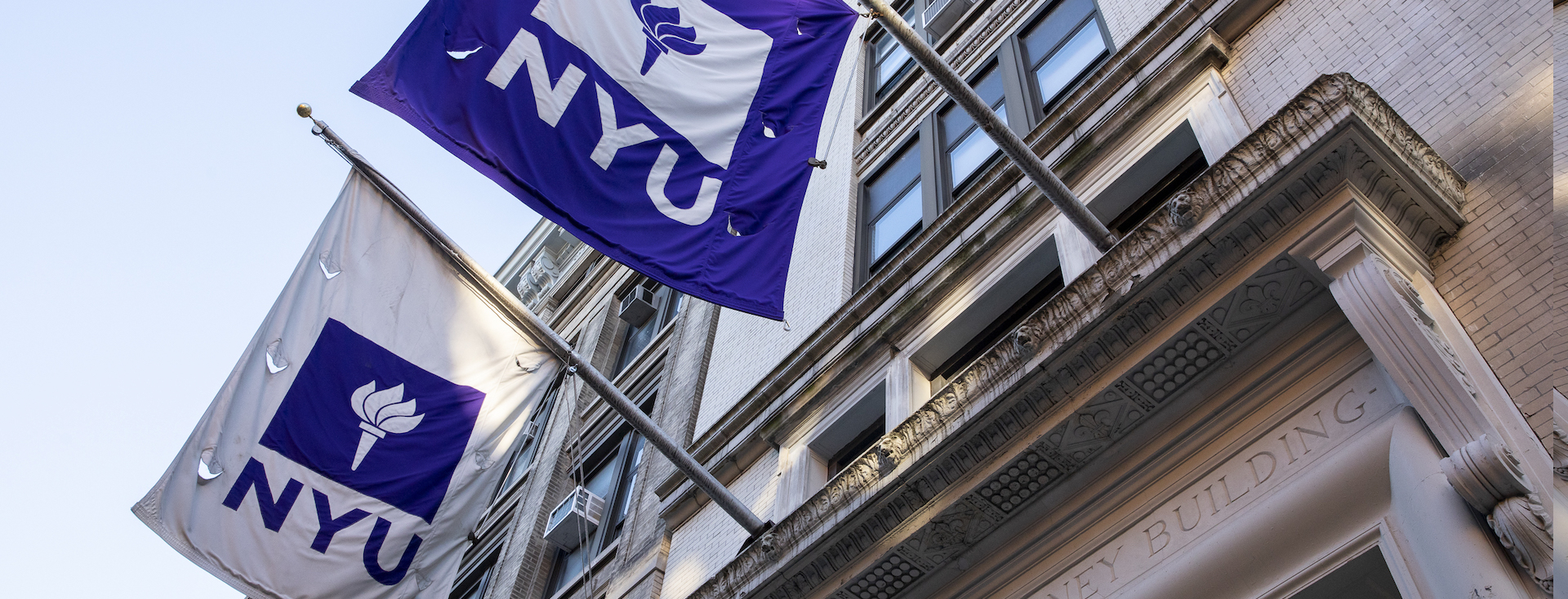
Journalists Ana Beatriz Felicio and Rômulo Cabrera are shining a light on the news, stories, and challenges unfolding in the outskirts of São Paulo, Brazil, through their new Spotify Original podcast Próxima Parada. Launching June 28, the podcast will air Monday to Friday, exclusively on Spotify.
In brief 15-minute episodes, Próxima Parada presents stories, news, and reports on a wide range of topics, including education, employment, health, safety, housing, culture, and leisure. The daily journalistic series provides coverage on the diverse topics and daily news circulating in the outskirts of the São Paulo metropolitan area—referred to by locals as the “quebradas” or peripheries.
The show focuses on the realities of areas far from Brazil’s economic centers and works to uplift marginalized voices. Podcasters Ana Beatriz and Rômulo, who themselves are from the outskirts of São Paulo, are driven by their experiences growing up in the area. Their goal is to explore three questions: What are the peripheries? Who are the people who live in these areas? And what happens over there?
“The outskirts of Brazil are diverse, plural places, full of good stories,” says cohost Ana Beatriz. “We want to expand the voice of those who live in these regions, practicing an even more attentive listening to what they have to say and share.”
The podcast is produced in partnership with Brazil’s Mural Journalism Agency of the Periferias, giving the hosts access to the agency’s correspondents network of more than 70 communication professionals who live in the peripheries.
“We are very happy with a partnership that believes in and amplifies journalism made by and for the peripheries; a journalism that, in the end, contributes to increasing the size of the São Paulo metropolis you thought you knew,” says Vagner de Alencar, Director of Journalism at the Agência Mural.

From left to right: Ana Beatriz Felicio, Vagner de Alencar, Gabriela Carvalho, and Rômulo Cabrera. Photo credit: Divulgação/Spotify
Episode topics include a chat with members of the LGBTQIA+ community, who talk about the lack of shelters in Brazil’s Eastern Zone, and a conversation with residents in Cotia, in the outskirts of São Paulo, about their difficulties accessing safe reproductive care.
“It’s an opportunity for us to reinforce the leading role of the residents of the ‘quebradas,’ help to reduce prejudices about these neighborhoods, and deconstruct the stereotypes of violence, exclusion, and victimization associated with the peripheries,” adds cohost Rômulo.
With the release of Próxima Parada, Spotify reinforces its support for podcasters from underrepresented communities, just as it does with Sound Up, a global program that gives underrepresented podcasters the tools to boost their platforms and build their own shows.
In addition, Spotify also created the exclusive Pretos no Topo hub to increase the visibility of the work and art of Black creators. There, listeners can access:
- The playlist Pretos no Topo, which includes exclusive videos as well as playlists created by 17 of Brazil’s top Black artists, including Elza Soares, Emicida, IZA, Karol Conká, and Ludmilla.
- The shelf Existe um Futuro Preto, featuring special curated playlists from Taís Araújo, Tia Má, Hélio de la Peña, and Ana Paula Xongani.
- Podcast collections Pretos de Impacto, which highlights Black personalities with different areas of expertise, and Escurecendo as Ideias, a resource for antiracism awareness.
Próxima Parada premieres Monday, June 28, and new, free episodes will air Monday through Friday at 5 pm BRT (4 pm EST) exclusively on Spotify. Start listening to the trailer below.








Recent Comments